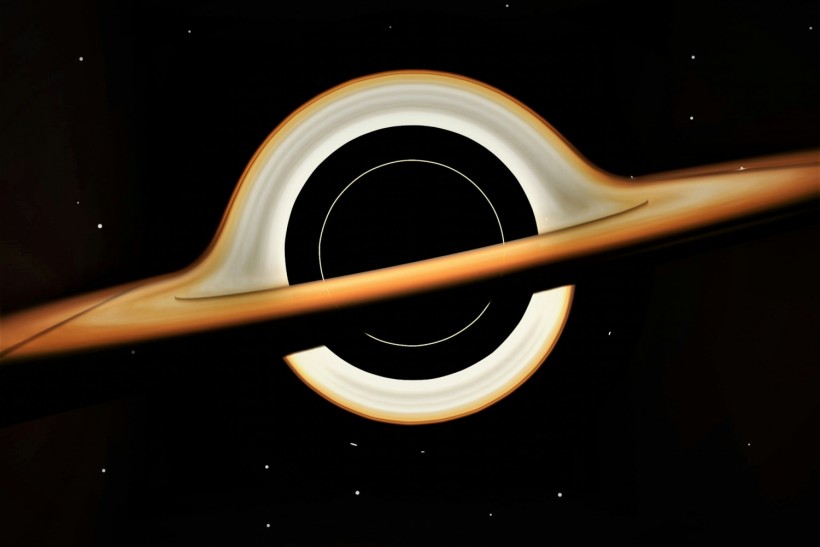Recent research on a class of galaxies called Compact Symmetric Objects (CSOs) revealed that they emit two jets moving at high speeds. Unlike other galaxies, these jets are compact rather than extending far into space. Astronomers had long believed CSOs to be young, assuming their jets would eventually stretch further.
However, three papers by researchers from Caltech published in The Astrophysical Journal detailed that CSOs have shorter lifespans than previously thought.

(Photo : Unsplash/Aman Pal)
Unlocking the Enigma of Compact Symmetric Objects
Astronomers have long been intrigued by CSOs, which host supermassive black holes emitting jets at high speeds. Unlike jets in other galaxies, CSO jets are compact, defying expectations of expansion. Previously thought young, CSOs now challenge this assumption.
Anthony (Tony) Readhead, the Robinson Professor of Astronomy, Emeritus, leading the study, described these CSOs as having lifespans comparable to that of a 12-year-old dog, shorter than that of an adult human. The team scrutinized over 3,000 candidates using advanced radio telescopes like the VLBA to identify and verify 79 CSOs.
Their research revealed that CSOs expel jets for 5,000 years or less before ceasing activity. Vikram Ravi, a co-author and Caltech assistant professor, attributed this phenomenon to tidal disruption events (TDEs), where stars are consumed by supermassive black holes.
Initially proposed in the 1990s, the idea of CSOs being fueled by TDEs gained traction after observational evidence surfaced. In 2020, Readhead revisited CSOs, meticulously sifting through candidate data to isolate authentic CSOs from misclassified ones.
CSOs, distinct from other galaxies with long-lived jets like Cygnus A, have shorter jets that fade within 5,000 years. Analyzing CSO radio images allows researchers to track their evolution, from shorter to longer jets over time. Rarely, some CSOs evolve into long-lived entities through galactic mergers, providing sustained fuel for their jets.
READ ALSO: Supermassive Black Hole 10 Billion Light Years Away Dramatically Flare to Life
CSOs Offer Fresh Avenue To Investigate Relationship Between Stars and Black Holes
The study indicates that the size and mass of disrupted stars likely influence the duration of CSO jets, with larger or more massive stars resulting in longer-lasting TDEs. By examining a diverse range of CSO radio images, scientists can observe how these objects age, akin to flipping through a photo album documenting their lifecycle.
Ultimately, this research sheds light on the unique characteristics of CSOs, challenging previous assumptions about their youthfulness and uncovering the mechanisms behind their relatively short-lived jets. Understanding the origins and evolution of CSOs contributes to our broader understanding of galaxy formation and the role of supermassive black holes in shaping the cosmos.
The groundbreaking discoveries made by Readhead and his team, pending confirmation from further observations, have the potential to revolutionize our comprehension of CSOs. These galaxies, characterized by supermassive black holes at their centers, offer a fresh avenue for investigating the interaction between massive stars and these cosmic behemoths.
CSOs, identified as a distinct category of galaxies, warrant extensive exploration into their properties and formation mechanisms to unveil the intricacies of supermassive black hole dynamics. The ability to study CSOs over shorter timeframes presents researchers with a unique opportunity to delve into the behaviors of these cosmic entities with unprecedented detail.
This approach promises valuable insights into the underlying processes governing supermassive black hole behavior, marking a significant advancement in our understanding of these celestial phenomena. Ultimately, unraveling the mysteries of CSOs holds the key to unlocking deeper insights into the fundamental mechanisms shaping the universe.
RELATED ARTICLE: JWST Discovers 'Extremely Red' Supermassive Black Hole in Ancient Universe, Challenging Galactic Growth Theories
Check out more news and information on Space in Science Times.



![Earth's Quasi-Moon Kamo‘oalewa Could Originate From Lunar Surface Not Asteroid Belt [Study]](https://1721181113.rsc.cdn77.org/data/thumbs/full/53275/89/56/50/40/earths-quasi-moon-kamo-oalewa-could-originate-from-lunar-surface-not-asteroid-belt-study.png)










